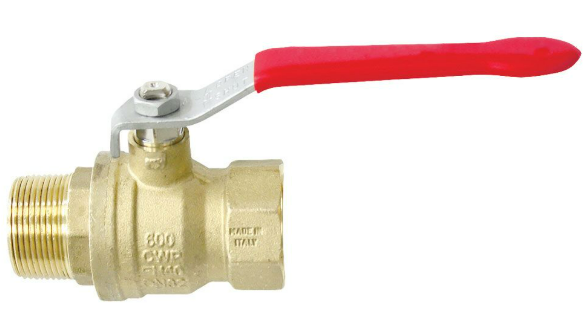What is an Isolation Valve?
Isolation valves play a pivotal role in maintaining an industrial system and ensuring that things flow smoothly. They are mounted on process lines and used to isolate pressure gauges, pressure transmitter, orifice plates, and other various measurement instruments. Their purpose is to facilitate the removal of instruments to ensure maintenance and calibration are done safely.

How do Isolation Valves Work?
The basic function of isolation valves is simple: either open or close the flow path. When open the valve allows the process medium (either a gas or liquid) to move through the pipe. Contrastingly, when the valve is closed it creates a barrier that stops the flow completely.
Different Types of Isolation Valves?
Ball
- Why Use It: Quick quarter tur operation and has instant on/off.
- Best Use: Best used in gas lines, compressed air systems, or anywhere a reliable quick shut-off is needed. For this reason, it is ideal when speed, reliability, and minimal maintenance are needed.
Gate
- Why Use It: Allows for unobstructed flow when fully open, resulting in no pressure loss. In addition, it is be suited for larger than average pipe diameters.
- Best Use: Water supply systems, irrigation, or places where the valve stays mostly open or closed.
Butterfly
- Why Use It: They are compact and lightweight compared to gate or ball valves and are easy to install in large pipes.
- Best Use: HVAC systems, large industrial pipelines, and water treatment plants. For this reason, they are ideal when you want space savings and low cost in a large pipe system.
Plug
- Why Use It: Similar to a ball valve but with a tapered plug and has a compact design with good sealing.
- Best Use: Gas pipelines, slurry systems, and where space is tight. Ideally, for a pipeline that requires a robust and simple valve for gas or chemical processing.
Globe
- Why Use It: It is designed for throttling and flow regulation and ca also fully stop flow, though not as fast as a ball valve.
- Best Use: Systems that need both flow control and isolation. With that in mind, steam lines and process system are ideal.
Where can they be Found?
Isolation valves can be found in various applications and industries. Such examples are, oil & gas applications, chemical & petrochemical plants, power generation stations, water & wastewater treatment facilities, food processing, and refineries.
